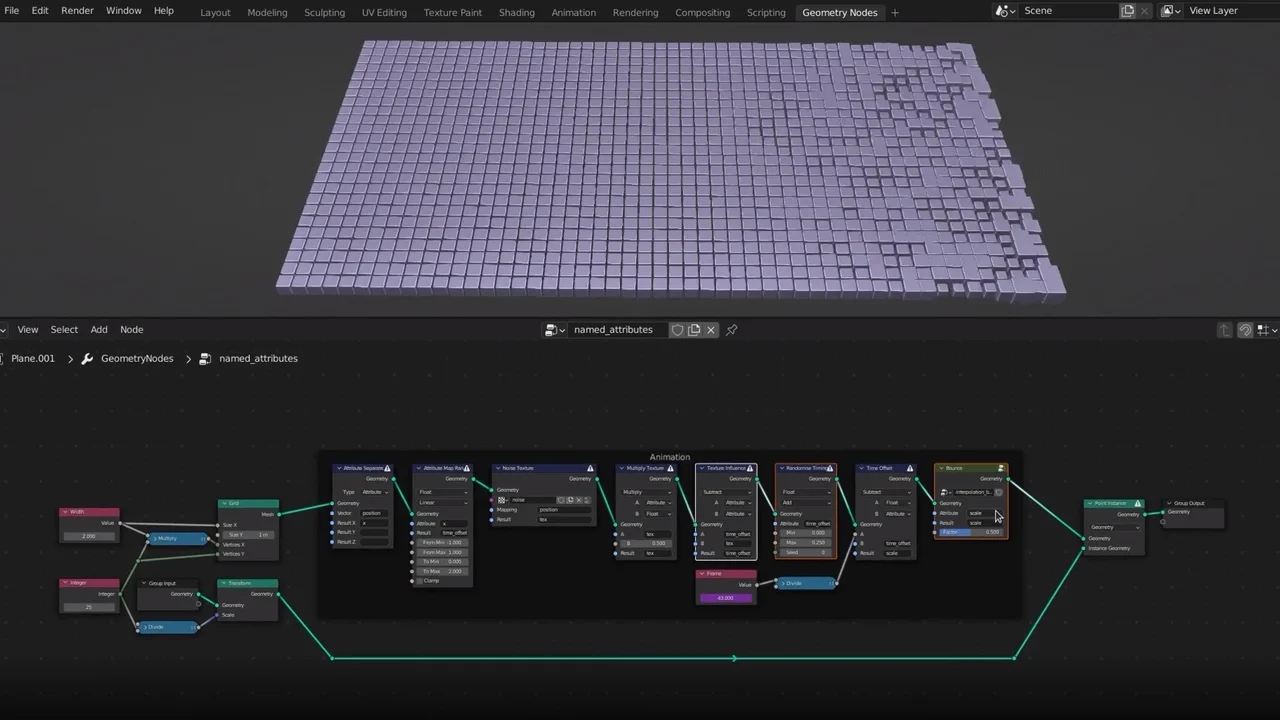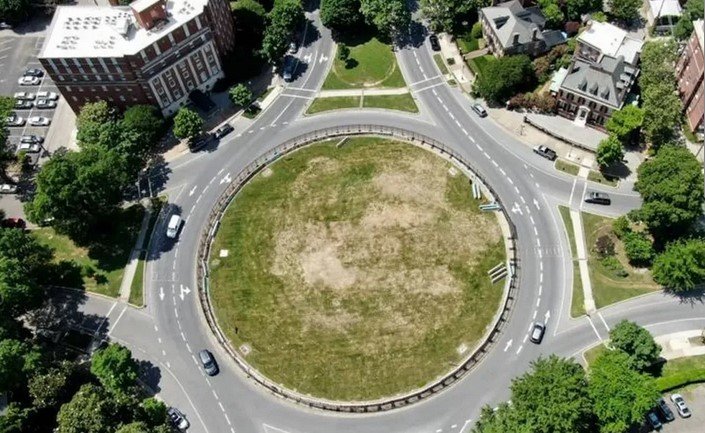Implementing geometric algorithms effectively can make a significant difference in solving complex computational problems. Whether you’re working with data visualization, spatial analysis, or machine learning, these algorithms help process and analyze geometric data with precision. This article outlines the best practices for implementing geometric algorithms to ensure efficiency and accuracy in your projects.
Understand the Basics of Geometric Algorithms
Before diving into implementation, it’s essential to understand the fundamentals. Geometric algorithms are designed to solve problems related to shapes, spatial relationships, and properties of objects. Common examples include algorithms for convex hulls, triangulations, and shortest paths. Familiarize yourself with these basic concepts to build a strong foundation.

Choose the Right Algorithm for Your Problem
Not all geometric algorithms are suitable for every scenario. Take time to analyze the specific problem you’re tackling. For example, if you need to determine the shortest path in a network, Dijkstra’s algorithm may be a good choice. However, for tasks like finding intersections in geometric shapes, sweep line algorithms are more appropriate. Picking the right tool ensures optimal results and avoids unnecessary complexity.
Focus on Data Preprocessing
Proper data preprocessing is crucial when implementing geometric algorithms. Clean, format, and validate your input data to minimize errors during execution. This step includes removing duplicates, normalizing coordinates, and ensuring that the data structure aligns with the algorithm’s requirements. Preprocessing saves time and improves overall accuracy.
Use Efficient Data Structures
The efficiency of geometric algorithms often depends on the underlying data structures. For instance, a quadtree or KD-tree can speed up operations like searching and range queries in multidimensional spaces. Selecting the right data structure is a key step in optimizing performance and reducing computational overhead.
Test for Edge Cases
Edge cases are common in geometric computations and can lead to unexpected results if not handled properly. Examples include collinear points, overlapping polygons, or degenerate shapes. Always test your implementation against these scenarios to ensure the algorithm performs robustly under all conditions.
Optimize for Performance
Geometric algorithms can be computationally intensive, especially with large datasets. Focus on optimizing your code to reduce runtime and memory usage. Techniques like reducing recursion depth, parallel processing, or using approximate methods can significantly enhance performance.
Incorporate Visualization Tools
Visualization is a powerful way to validate and debug geometric algorithms. Tools like Matplotlib in Python or libraries in JavaScript like D3.js can help you visualize data points, shapes, and relationships. This step not only aids debugging but also improves understanding of how the algorithm operates.
Combine with Other Algorithms
In many cases, combining geometric algorithms with other computational methods produces better results. For instance, integrating machine learning models with geometric computations can solve complex problems like image recognition or clustering. Look for opportunities to create hybrid approaches that leverage the strengths of multiple techniques.
Stay Updated with Advances
Geometric algorithms are an evolving field, with new methods and improvements emerging regularly. Stay informed by reading research papers, attending conferences, or joining online communities. Keeping up-to-date ensures your implementations remain relevant and effective.
Document Your Implementation
Clear documentation is essential for maintaining and sharing your work. Explain the purpose of the algorithm, the inputs it requires, and how it produces outputs. Well-documented code makes it easier for others to understand your implementation and build upon it.
Conclusion
Implementing geometric algorithms requires a combination of understanding, careful planning, and attention to detail. By following these best practices, you can ensure that your implementations are both efficient and reliable. Remember to preprocess your data, use appropriate data structures, and test thoroughly for edge cases. Whether you’re working on computational geometry for research or practical applications, these tips will help you achieve success.




